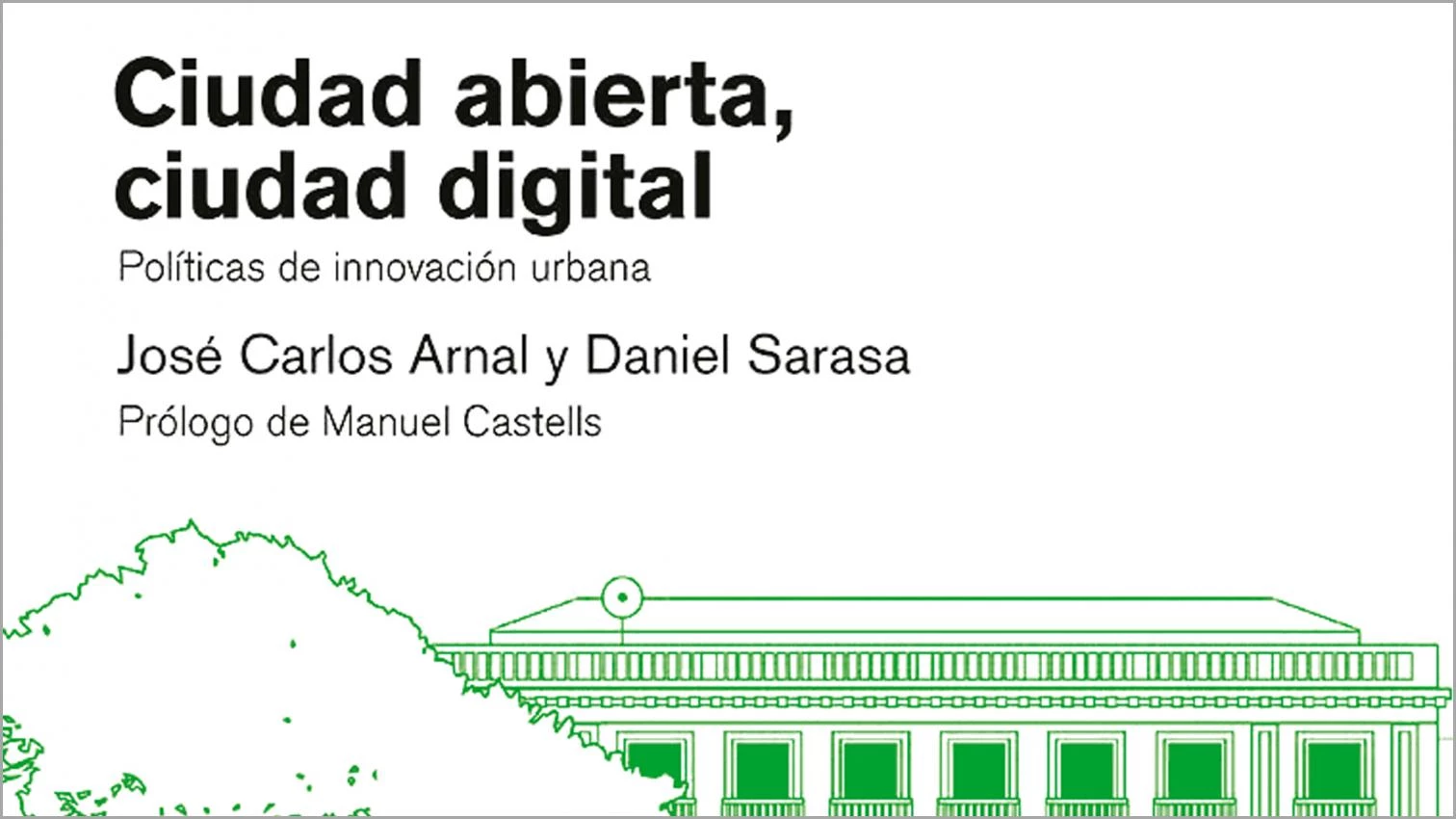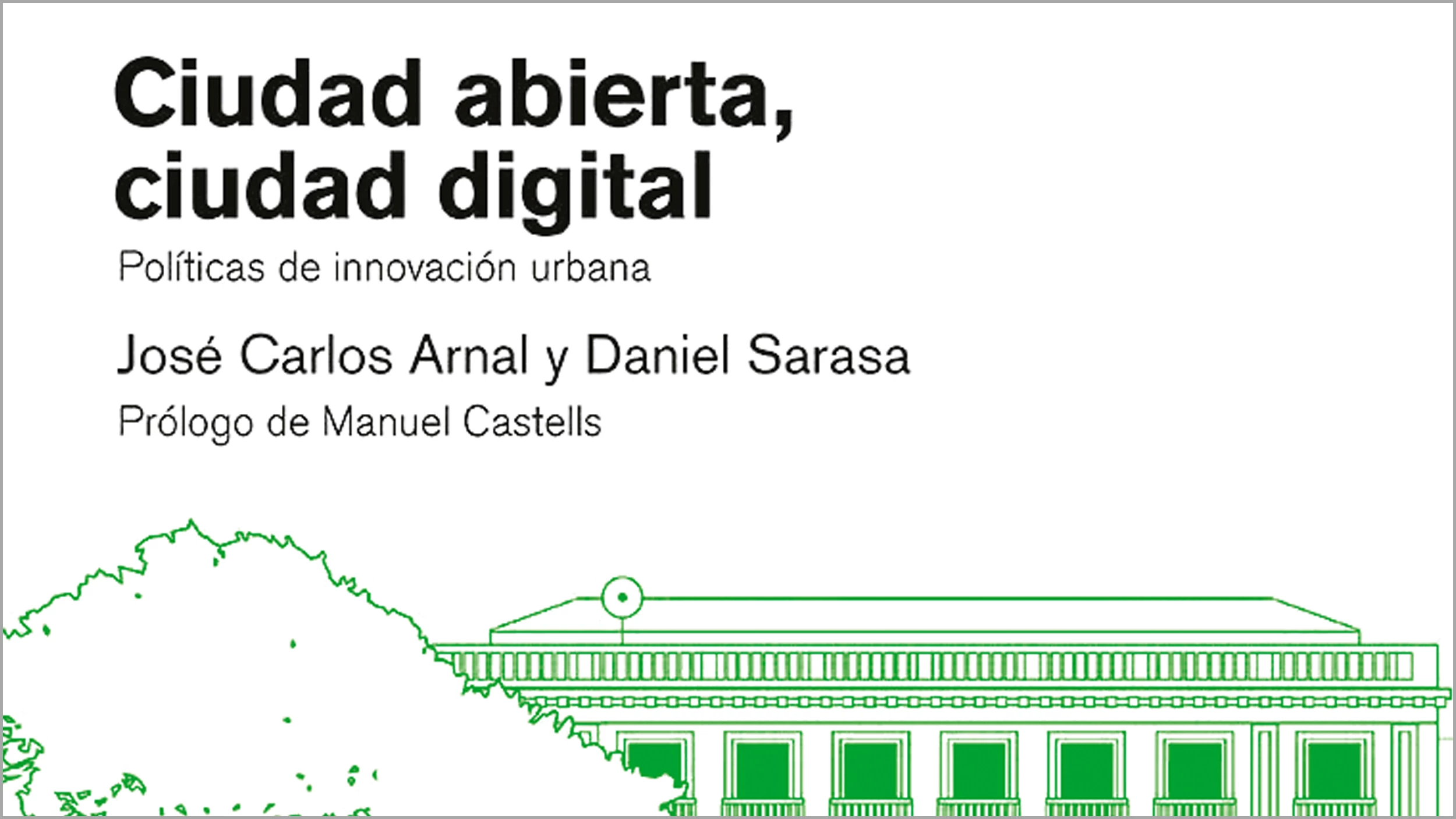
The use of algorithms and big data, triggered by an increase in the potential of computers and the hyperconnectivity of terminals, has spread to the sciences traditionally seen as ‘soft,’ including those related to the city. In supply infrastructures and the mobility of digital procedures they are already indispensable, and thanks to them, management of the transport of people and goods has been automated and individualized almost completely.
Some urban labs have ways of discriminating and parameterizing tons of data, to then build analytical systems simulating urban realities. One was launched in Zarazoga: an international committee of experts held regular meetings from 2003 to 2013 to“inspire some of the most notable projects in innovation and digital culture terms.”
Arnal and Sarasa have published an account of that experience, nuanced by the passage of time, and describes it critically, given that the expectations raised by the economic boom, the leadership of Mayor Juan Alberto Belloch, and the investments surrounding Expo 2008 were met only partly. Without delving too deep, the text admits to certain ‘excesses’ and weak urban planning.
But the book also reflects on the power that digitalization offers for the city. These themes give an overview of the digital universe. At times, disciplinary themes of urban science are mixed up: how digitalization can contribute to building more diverse, safe, sustainable urban spaces, how it can facilitate decision-making or its capacity to generate wealth.
That one is a communications expert and the other a telecommunications engineer gives the authors an edge. As they have never actually participated in drawing up and executing actual projects, they keep a distance from urban realities; essential ones, which nevertheless are frequently weighed down with more ambitious proposals, mostly having to do with the economic nature of urbanism, as well as with the role of capital and political power in city-building.
The authors’ distance from actual practice enables them to be optimistic and proactive, although they also point out dark areas of automated analytical systems and data use. They describe these dangers in an account of the Orwellian experience of Quayside, a ‘hyperdigital’ district that was to be developed by Sidewalk Labs – a real-estate subsidiary of Alphabet, which owns Google – but never pushed through, partly because of general mistrust prompted by the enormous amount of data that a motorized life would produce.
But this is only partial defeat. The project will materialize (maybe another way, elsewhere) because the city is to a great extent a construction of capital where economic agents find their place, and the economic potential of the digital world is so colossal as to be barely imaginable. But the Google experience in Toronto reveals that algorithms and smart mechanisms are not innocent: their aseptic neutrality is just an apparition behind business, political, and ideological interests.







